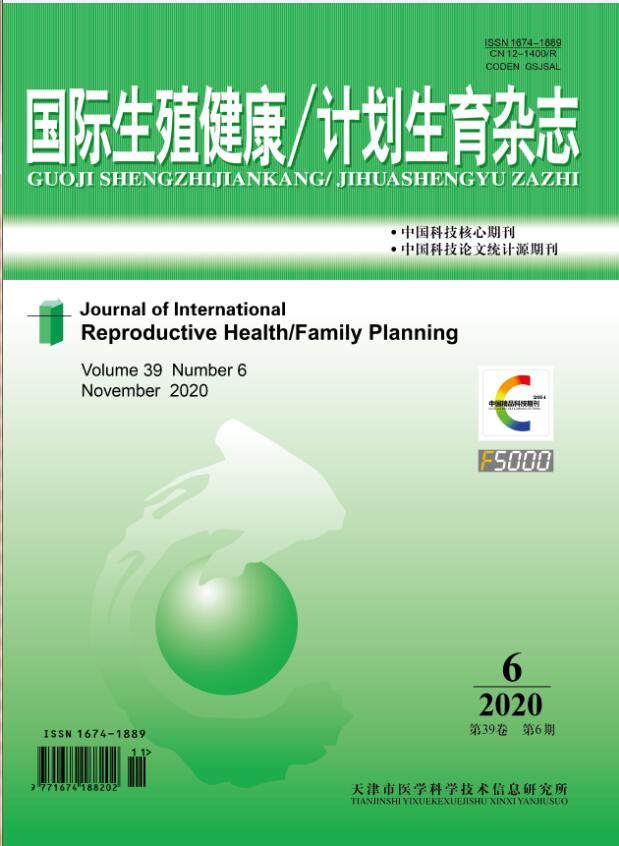Deep venous thrombosis(DVT)is caused by the backflow obstruction in the deep vein
blood. DVT often occurs in lower extremities. The deciduous thrombosis can lead pulmonary embolism(PE).
DVT and PE collectively known thromboembolism(VTE), common complication of
postoperativepatienwerets.Itisacomplexpaasthophysiovenouslogicalprocessinvolvedmanay substances and factors.
Effective preventive measures can greatly reduce the VTE occurrence. Anticoagulant treatments in time will
evidently improve patients’outcomes. In China,the risk of thrombosis has not yet been fully understood. It is
necessary to study further the clinical application of hemostatic and anticoagulation in the gynecological
perioperative period.

